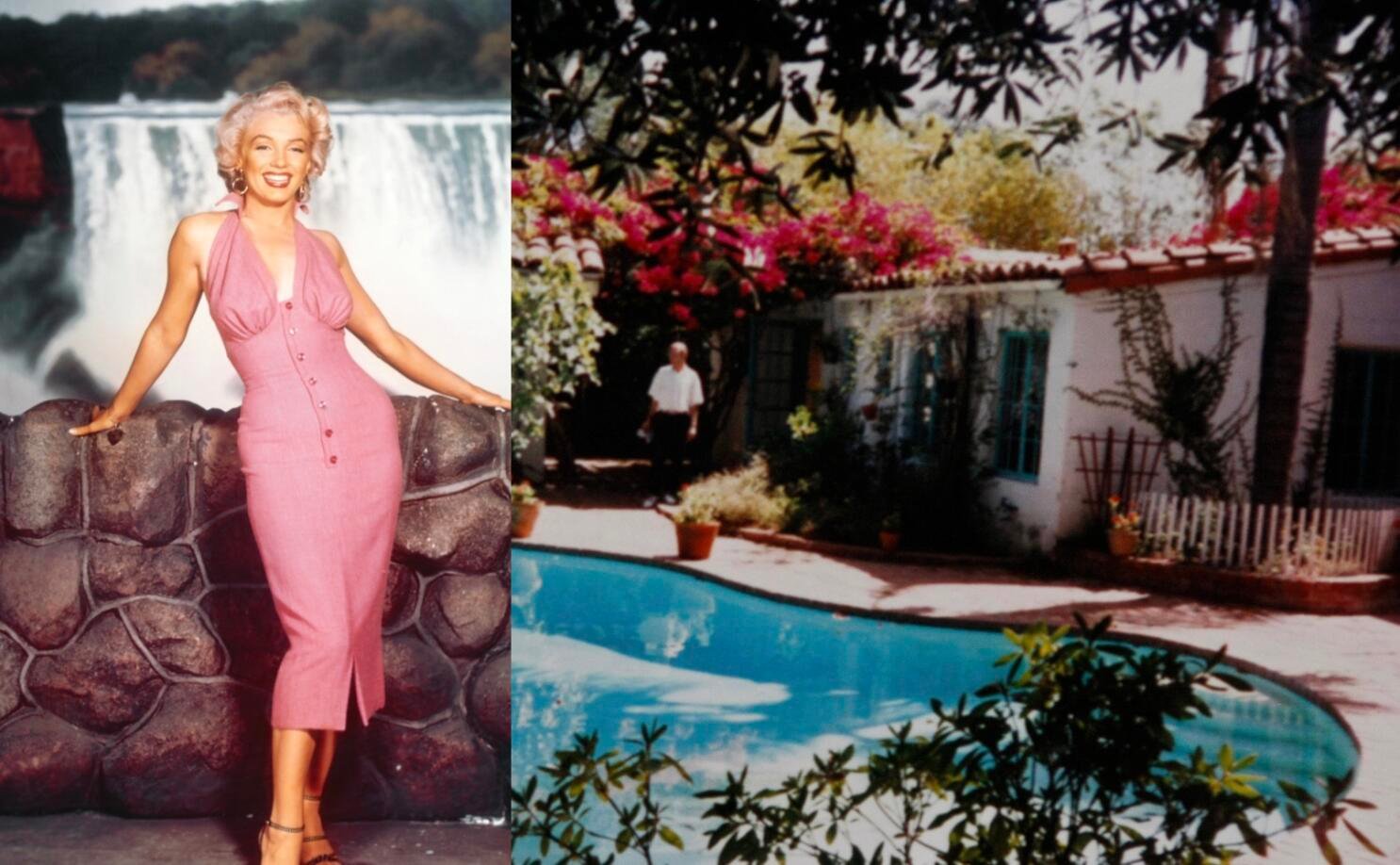Introduction to the Iconic Brentwood Home
Located in the serene and affluent neighborhood of Brentwood, Los Angeles, the home of Marilyn Monroe stands as a timeless symbol of Hollywood’s Golden Age. This Spanish Colonial Revival-style house, situated at 12305 Fifth Helena Drive, has become an iconic landmark, reflecting the glamorous yet tumultuous life of its famous resident. Purchased by Monroe in early 1962, it was the only property she ever owned independently, making it a significant aspect of her personal history.
The architectural design of the Brentwood home is characterized by its red-tile roof, white stucco walls, and intricate wrought-iron details, embodying the quintessential elements of the Spanish Colonial Revival style. This style, popularized in Southern California during the early 20th century, blends traditional Spanish architecture with modern influences, creating a unique aesthetic that is both elegant and inviting. The house itself, encompassing approximately 2,900 square feet, features four bedrooms, three bathrooms, and a lush, secluded garden complete with a swimming pool.
Beyond its architectural appeal, the Brentwood home holds a poignant place in the hearts of Marilyn Monroe’s fans and cultural historians alike. It was within these walls that Monroe spent her final days, adding a layer of mystique and emotional resonance to the property. The house serves not only as a testament to her enduring legacy but also as a physical link to the complexities of her life, making it a cherished site for admirers and scholars.
The Historical Significance of Marilyn Monroe’s Residence
The Brentwood home, now designated as a Historic-Cultural Monument, holds a rich history that predates its association with Marilyn Monroe. Constructed in 1929, this Spanish Colonial Revival-style house was crafted with meticulous attention to detail, embodying the architectural elegance of that era. Initially, the residence was part of a burgeoning neighborhood in Los Angeles, which was becoming increasingly popular among Hollywood’s elite.
Before Marilyn Monroe acquired the property, it had several owners, each contributing to its storied past. However, it wasn’t until 1962, when Monroe purchased the home, that it gained its iconic status. Marilyn Monroe, a symbol of Hollywood glamour and a complex figure in American culture, spent her final months in this serene abode. The house not only served as her sanctuary but also as a reflection of her desire for a peaceful retreat away from the public eye.
During her time in Brentwood, Monroe’s life was marked by both personal triumphs and struggles. It was here that she endeavored to find solace amidst her chaotic career and tumultuous personal relationships. The house bore witness to some of her intimate moments, including her efforts towards self-improvement and her battle with inner demons. The residence also hosted numerous gatherings with friends and close confidants, shedding light on Monroe’s quest for genuine connections.
The Threat of Demolition: A Close Call
In recent months, Marilyn Monroe’s Brentwood home faced a significant threat of demolition, casting a shadow over its historical and cultural significance. The demolition proposal was initiated by the current property owners, who cited structural concerns and the desire to redevelop the site as primary reasons for their intentions. The potential loss of this iconic residence, where Monroe spent her final days, sparked an immediate and widespread public outcry.
The proposed demolition quickly drew the attention of preservationists, historians, and Monroe’s admirers, who viewed the home not merely as a physical structure, but as a tangible link to the legendary actress’s life and legacy. Social media platforms were flooded with petitions and campaigns urging city officials to intervene. The cultural importance of the property was emphasized repeatedly, underscoring the need to preserve the site for future generations.
Public response was swift and passionate. Fans of Marilyn Monroe, along with historical societies and cultural preservation groups, rallied together, organizing protests and lobbying local government bodies. Their collective voice added considerable pressure, making it clear that the demolition of such a landmark would be an irreplaceable loss to both local heritage and global cultural history.
Official reactions soon mirrored public sentiment. Los Angeles City Council members received countless emails and phone calls from concerned citizens, prompting them to take urgent action. Recognizing the home’s significance, the council moved to halt the demolition plans and began the process of designating the property as a Historic-Cultural Monument. This designation was crucial as it would provide the legal framework necessary to protect the home from future threats and ensure its preservation.



































